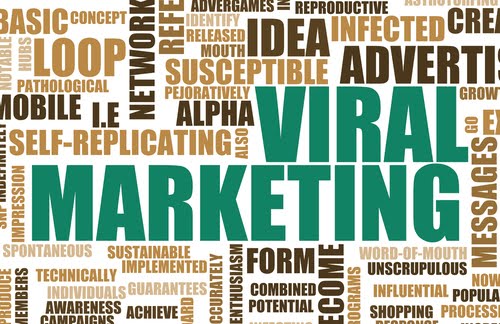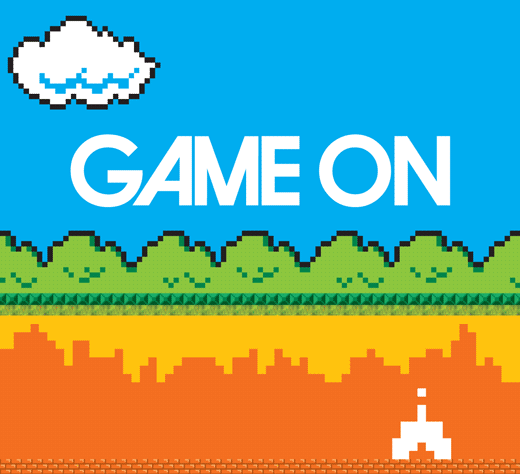How do you go viral? Or perhaps a better question is why do some things go viral and others don’t?
In this blog post I try to answer the question, how do you go viral?
Here are a couple points I learned recently from taking a course call Networked Life on coursera. I’ll also draw from my experience building viral marketing campaigns and launching a couple social networks.
The ability of a virus to spread depends on the average degree of connections between nodes, or people in a population. If you have a population where the average amount of connections per person is 1 then the virus won’t spread very far as it will just keep halting after reaching the second person.
If you have an average degree of 2 between people in the population then right away the viral reach of a contagion is much strong, much more than 2 times actually. Then it doesn’t take much more to reach the tipping point at 3 or 4 which is a threshold where the contagion of the viral spread is complete in reaching the entire population.
Another element of the tipping point is the strength of the virus, or in a youtube video’s case, how entertaining the video is. Meaning, if the video is really good and people like it will take a lower average degree of connections in the population to spread as would a weaker video. Much like a bad flu that hangs around for a long time. If you are in a more rural area with a weak flu it will die out quickly but if the virus is much stronger and makes someone sick longer there is a greater chance for that person to encounter more people while still being contagious.
On the flip side, if someone is living in a densely populated slum in India where people are basically living on top of one another, even a weak flu will make it’s way around a large percentage of the population due to the incredibly high degree of connections everyone shares.
So what the heck does all this mean? Basically, if you want your content marketing strategy to go viral make sure you focus on these three points.
- Make the content awesome so that people keep on enjoying it and sharing it with their connections. You can’t skimp on the investment here. If it sucks, it won’t go anywhere.
- Make sure you’re spreading it in the networks where your target market has the highest average degree of connections. A great example would be if you are trying to reach mommy bloggers. You’re going to want to make twitter your priority over facebook because they are all there and they love to share good stuff.
- Focus on getting as many influencers sharing your viral content because they will boost the average degree of connections by having more connections than the average person. Additionally, they can actually make your content stronger by adding their approval to it. It’s like when a virus strain mutates into something more powerful and harder to kill.
Please share your thoughts on creating viral reach in the comment section below. I’m always happy to learn something from my readers. 🙂


